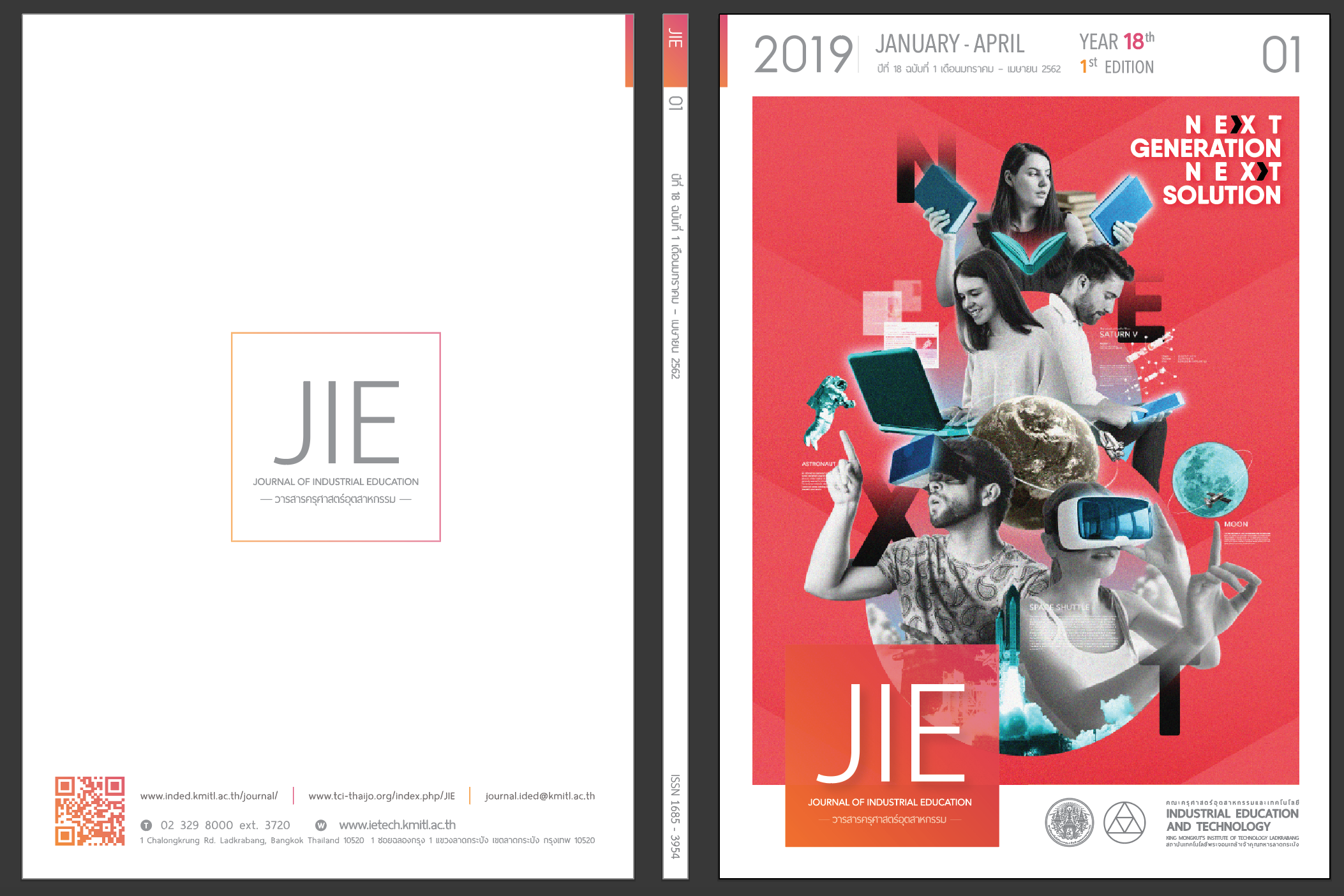SUBSTITUTE MATERIALS FROM WASTE AUTOCLAVED AERATED CONCRETE BLOCKS FOR RESIDENCE DESIGN
Keywords:
substitute materials, eco design, lightweight concreteAbstract
The objective of this research was to design a unique residence in Thai house in the central region by using renewable materials in line with eco-design guidelines. Experiments on renewable materials for housing construction and decoration were to bring the autoclaved aerated concrete blocks (ACC), which damaged from the manufacturing process for grinding to produce as a substitute material containing ingredients: cement: fine sand: light weight concrete block crushed. It was found that the ingredients that were possible to be developed into building parts were the ingredients# 19, 21, 28, and 36, with the ratio of cement: fine sand: light weight concrete block equal to 1: ¼: ¾, 1: 0: 1, 1: 0: 2 and 1: 0: 3, respectively. The ingredient#19 could be developed for the production of tile roofs, concrete blocks and building walls, whereas the ingredient# 21 could be developed to produce tile roofs and building walls. Also, the ingredient# 28 and 36 could be developed to produce building walls. In terms of design, there was a design guideline by introducing the characteristics of Thai house in the central region, which was the enclosure space style building by using the circulation to separate each area, tall window and vertical building pattern, which was with the natural light from the vertical. Maintaining the base was by using the difference in the proportion of translucent and opaque materials as well as patterns occurring on building shell materials. Building pillars were 4 meters apart of poles to maintain the height of the building.
References
Sukontasukkul, P. 2006. Concrete Fundamental. 2nd ed. Textbook Publishing Center King Mongkut´s University of Technology North Bangkok.
Sukontasukkul, P. 2012.Specialized Concrete. Bangkok: Textbook Publishing Center, King Mongkut´s University of Technology North Bangkok.
Phirom, S. 2002. Ban Thai Phak Klang. 4th ed. Bangkok: Kurusapa Business Organization
Jaijongrak, R. 1975. Khrongkan Khonkhwa Wichai Ruang Ruan Thai Doem. Bangkok: Faculty of Architecture, Silpakorn University.
Yodprutikarn, T. 2012. Precast concrete construction step by step. Bangkok: Soontornfilm.
Ruengtham, P. 2013. Design Theory. Maha Sarakham: Inthanin.
Panin, T. 2010. Khon Lae Khwamkhit Thang Sathapattayakam. Bangkok: Sommadhi.
Tikul, N. 2010. Eco design in architecture. Bangkok: Odeon store.
Downloads
Published
How to Cite
Issue
Section
License
"The opinions and contents including the words in papers are responsibility by the authors."
"ข้อคิดเห็น เนื้อหา รวมทั้งการใช้ภาษาในบทความถือเป็นความรับผิดชอบของผู้เขียน"



